Designing for humanity in the age of AI: Reflections from India UX Day 2025

At this year’s India UX Day, the theme⎯The AI Shift⎯centered on the evolving relationship between user experience and artificial intelligence. Taking place across multiple cities, the annual event included interactive sessions, hands-on learning, and a chance for UX professionals to connect with peers and industry experts alike. Below, Microsoft design leaders Jon Friedman and Deepak Menon share their UX Day reflections as they explored the future of UX in an AI-driven world.
A celebration of culture, creativity and community
Jon Friedman, CVP of Design & Research, Microsoft 365
Last week, I had the privilege of traveling to India and giving the keynote speech for India UX Day 2025, hosted by Microsoft. It’s hard to capture just how meaningful the experience was, but I’ll try.
India UX Day is more than an event. It’s a celebration of culture, creativity, and community—spanning three cities, live-streamed across locations, and open not only to Microsoft employees but to the broader UX community throughout India. What struck me most was how deeply welcoming the design community is. From the moment I arrived, I felt not just invited, but embraced.
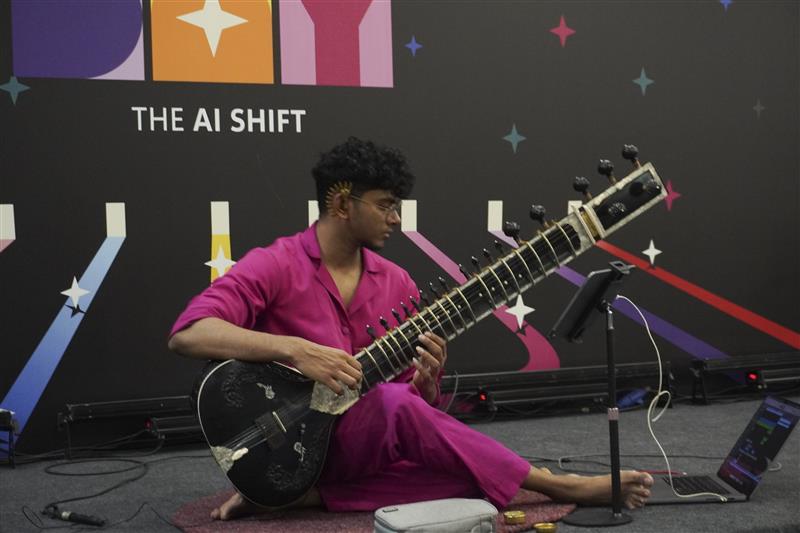
Before I even took the stage, a designer set the tone for the day with a sitar performance, a reminder that design, like music, is as much about emotion and intention as it is about structure or technique. That performance stayed with me as I delivered my talk.
Designing in a time of transformation
As a design leader who has grown into broader product leadership, I’ve found myself returning to one question again and again: What is the role of design in an age where AI is changing everything?
To explore this, I started my talk with a personal moment: an ongoing conversation with my daughter about the AP classes she should take. Should she focus more on science, or the humanities? Or both? We talked about future jobs—not just traditional roles, but the kinds of hybrid, humanity-centered roles that are emerging at the intersections of AI, biotech, robotics, and energy.
I shared scenarios like an occupational therapist who, instead of simply helping someone adapt to a prosthetic, could one day design and implement a robotic hand with a bio-brain connection, custom-printed in real time for an individual’s needs. That’s not science fiction—it’s the future. And it means design becomes something that happens everywhere. It’s conversational. Adaptive. Human.
We need to prepare people not just to build these technologies, but to ask the most important questions: Why are we building this? Who is it for? What human need are we really solving?
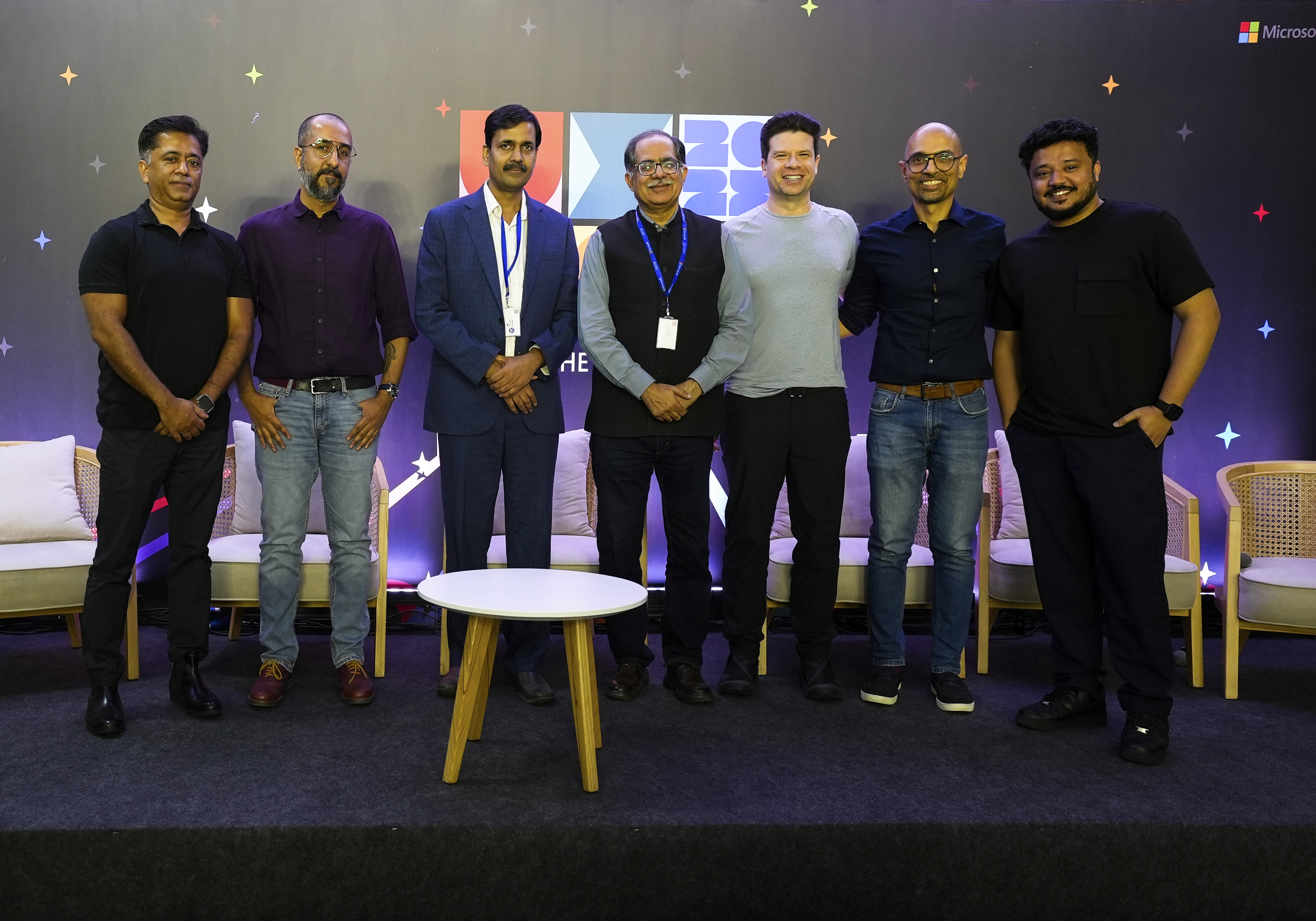
UX as a verb
One thing that stood out to me about this event is that it didn’t limit itself to design as a discipline. UX was a verb—a way of thinking, acting, and solving. Alongside myself, other speakers included a startup founder with design roots, a healthcare AI leader, and India’s leading policymaker on AI and privacy. The conversations weren’t confined to pixels and screens. They were about designing for the systems that shape our world.
India felt like the perfect place to have this dialogue. There’s a kind of cultural momentum here, a drive to leapfrog over legacy infrastructure and find new ways to uplift lives. Just as rural areas once skipped landlines and went straight to mobile, India has the potential to redefine how AI connects and empowers people—starting not with what was, but with what could be.
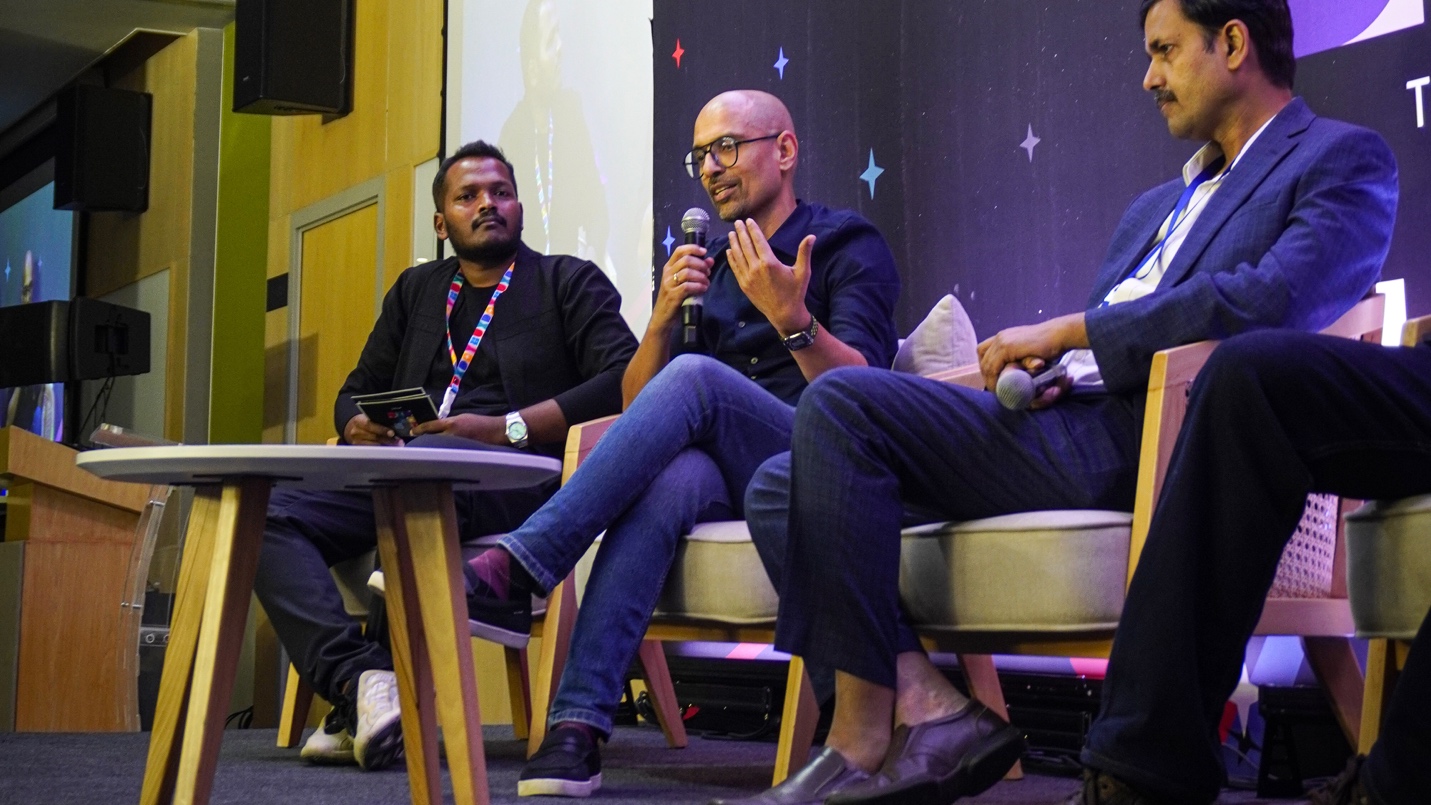
The event: Multi-city, multi-perspective
Deepak Menon, VP of Design & Research, Microsoft India
I want to talk a bit about Microsoft UX Day, which we hosted across Hyderabad, Bangalore, and Noida—three cities that represent the breadth and depth of our design and engineering presence in India. This wasn’t just a single-day event; it was a multi-city, multi-perspective celebration of what’s possible when design meets an AI-first world.
At the heart of it was a recognition that we are living through one of the most profound shifts in technology: the AI shift. And this time, design isn’t just catching up—it’s leading. We built the event around the question: What becomes possible when AI and design co-create the future?
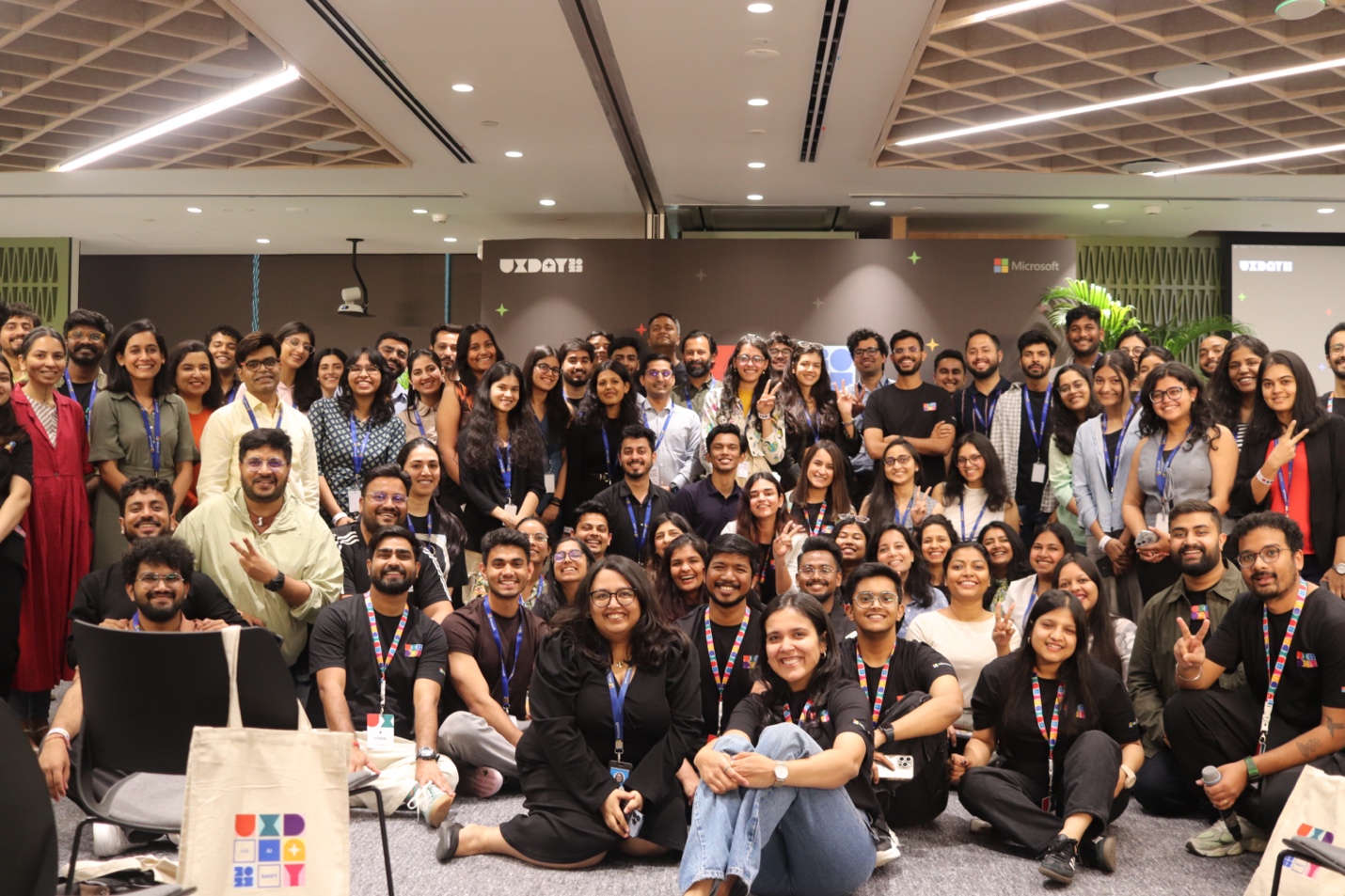
We curated experiences and conversations for both internal and external audiences, from our own Microsoft designers and product makers, to design leaders, students, and practitioners from across the ecosystem. The goal was to build shared understanding, inspire ambition, and spark collaboration because the AI shift isn’t siloed—it’s systemic. The opportunity in front of us is too big for any one company or discipline to tackle alone.
AI is opening up possibilities that were, until recently, unimaginable. Whether it’s real-time collaboration across languages, inclusive design that adapts dynamically to individual needs, agents that can understand context and intent, or entirely new interaction models, the frontier is expanding.
But more importantly, AI carries with it an inherent optimism—if we design it right. We talked about how AI can be humanizing, not just efficient. It can restore time, reduce cognitive load, and elevate creativity. It can foster accessibility at scale and bring people closer to their goals with less friction and more joy.
There’s also something deeply powerful about how this plays out in the Indian context. India’s diversity, complexity, and ingenuity—our ability to adapt, improvise, and find scalable solutions—gives us a unique lens on how AI can serve not just the privileged few, but the broad base of humanity.
Ultimately, UX Day was a call to action. For us as designers to be proactive stewards of this shift. For us to shape not just how AI looks or behaves, but what it stands for. Because the future of AI isn’t inevitable—it’s designed.
A shared future
India UX Day is part of a larger global movement at Microsoft: UX Week. But more than that, it’s part of our belief that product making should be open. That we should learn from each other. That we must design not just for productivity, but for prosperity.
So, we’d love to hear from you:
- Where do you think UX is headed in the age of AI?
- What are the greatest human needs we should be solving for?
- How can we ensure that technology makes life not just faster, but fuller?
Let’s keep the conversation going—the future is still ours to shape.
Photos and imagery courtesy of Creative Designer Eemon Roy.
Read more
To stay in the know with Microsoft Design, follow us on Twitter and Instagram, or join our Windows or Office Insider program. And if you are interested in working with us at Microsoft, head over to aka.ms/DesignCareers.

Outcomes over output: Designing shared cognition
How we are shaping systems that help people think better, not just type faster.
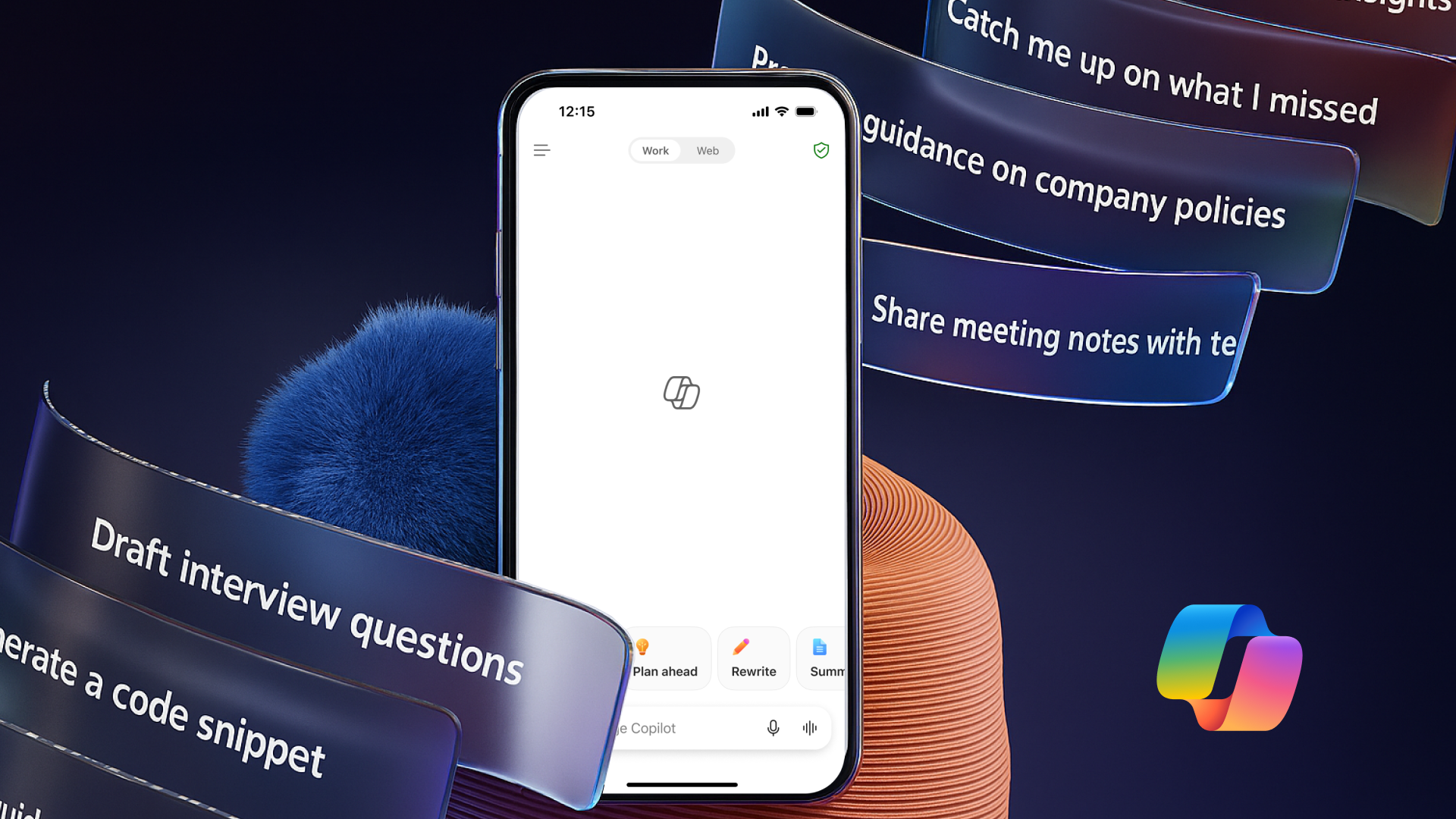
The new Microsoft 365 Copilot mobile experience
How we redesigned the Microsoft 365 Copilot mobile app to create a workspace built around conversation, dialogue, and discovery.

Windows 11 design principles + tenets
Our guiding force behind designing Windows for the AI era
